All over the world, we view clothing as a daily essential. We wake up in the morning and, before we enter the world, we all have to decide what to wear. Fashion globally has a unique story, especially in Japan. Let’s take a look at the kimono in Japan and the ins and outs of this gorgeous and traditional clothing.
We often see new modern-day trends in fashion being borrowed or reimagined because of the historical significance of pieces or statement items from previous decades. These items, worn decades or even centuries ago, often reappear in modern times with a cute “new” twist but usually maintaining the same structure.
In Japan, the kimono is the most common idea of a piece of clothing. Most people imagine a long, draping robe with beautiful patterns and colours. Originally, in English and Japanese, the word kimono was translated to mean “clothing” or “wearing thing.” However, over recent years, its translation has changed to become more closely understood as the actual garment instead of a name for all clothing.
What is a Kimono?
A kimono is a long and loose-fitting robe, typically with long flowing sleeves. It can also be worn with an obi belt, a long decorative belt wrapped around the body and draped with the kimono.

The kimono originated during the Heian period in Japan (794-1192). The kimono was sewn from straight cuts of fabric to fit every body shape and find ease in creating the traditional piece without worrying about varying sizing. Beyond the advantage of kimonos fitting every body shape, they were also easy to fold and extremely efficient during weather changes. They were adaptable to layering for cold weather and breathable for summer and spring with kimonos made out of linen. Because of these advantages, kimonos soon became a part of everyday life and wear in Japan, essentially becoming a traditional clothing piece.
As time went on, the kimono began to take on a new shape in their wear. People began to bring kimonos to life by using varying colours to make fashion statements and even represent political standings. In typical daily life, men and women began layering kimonos with bright and beautiful colours, making it a statement of fashion but also a part of daily life. The colours could represent your political class or even match new seasonal colours.
History of Kimono
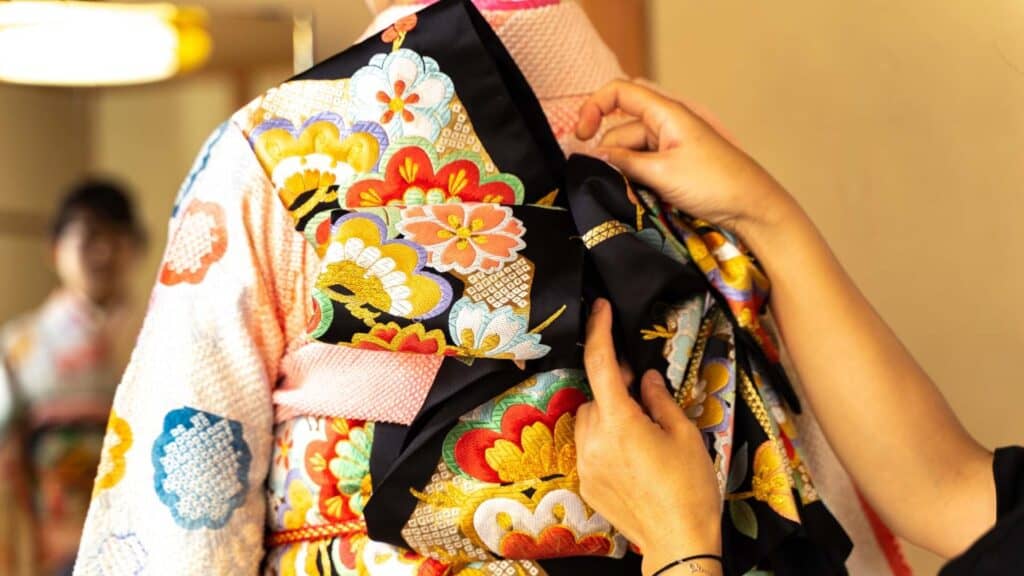
During the Edo Period (1603-1868), samurais of the respective and duelling domains would wear specific coloured and patterned kimonos to represent who they were fighting for. In a way, these specific colours and patterns on their kimonos became a version of a uniform. They would also add specific garments and pieces to fit into a uniform look; however, the main piece of their uniform was always the kimono.
Between the changes in time periods, the kimono did not change significantly in terms of traditional clothing wear. The main changes were to fabric and colours, meaning that the kimono held a huge space in Japan for over a thousand years before any major changes came to the country with regard to clothing and fashion.
During the Meiji period (1868-1912), Japan became largely influenced by foreign cultures and began to adapt to more westernised standards, working hard to modernise the country. As this mass modernisation began, clothing specifically took a significant change. In 1872, the court of Emperor Meiji passed a mandate to dress in western clothing for men, and in 1886 for women. From then on, the kimono slowly faded into a traditional clothing piece worn only for formal scenarios and receptions such as weddings, funerals, specific summer events, and tea ceremonies.
Of course, there are no longer any rules or mandates against wearing kimonos or strictly western clothing, but this mandate has sent a long-standing shift in the culture of when and how kimonos are worn and even the meaning of the name. As stated before, because kimonos are now worn and used for specific times and places, it takes on the meaning of specifically describing the piece of clothing instead of its original meaning of just “clothing.”
Different Types of Kimono
Furisode (振袖)
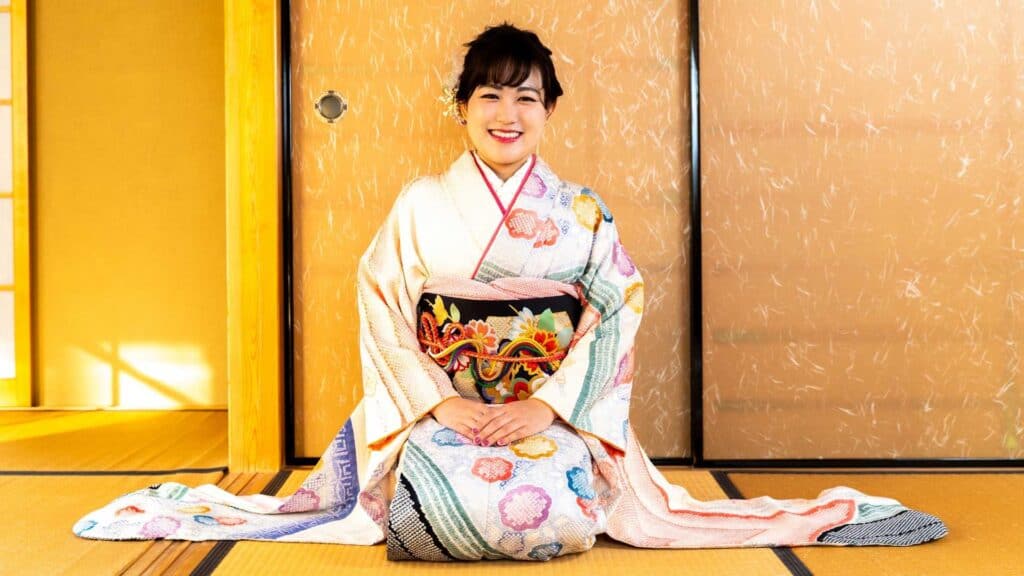
Furisode is worn by unmarried women, usually under the age of 18. Furisode consists of two kanji: “Furi” means swinging and “sode” means sleeves, so it means “swinging sleeves.” It refers to the long sleeves, which are usually around 85 to 114 centimetres. The longer the sleeves, the more formal the kimono is seen. Furisode are kimonos that are the most formal clothes for unmarried women, worn during special occasions. Furisode is bright in colours and shows off the youthful energy and beauty of those wearing this type of kimono.
Tomesode (留袖)
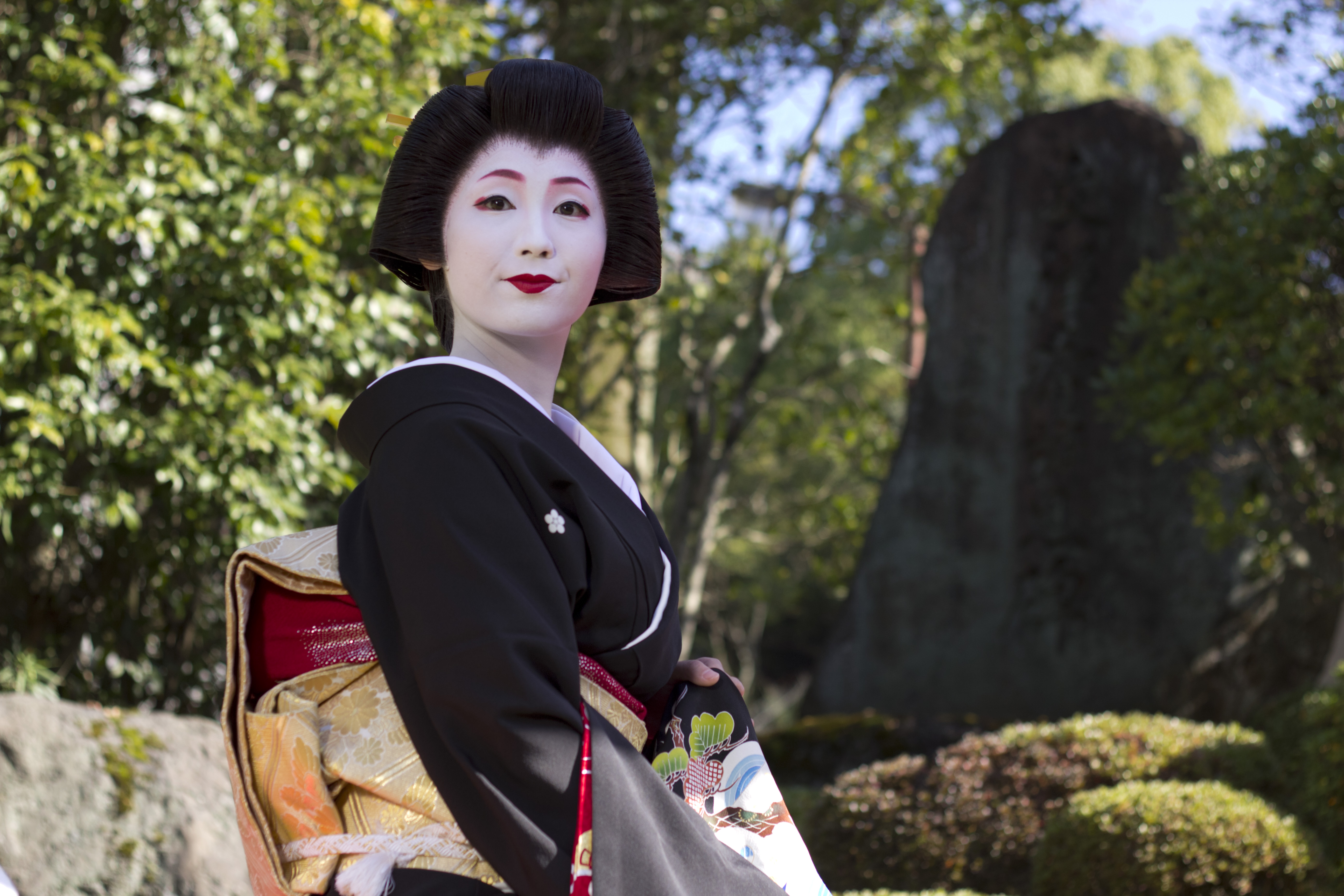
“Tome” means “stop” and it is used because the women wearing this type of kimono are married, so people should be aware and halt if they were to approach these women. “Sode,” as mentioned before, means “sleeves.” Tomesode kimono is worn during formal and semi-formal occasions. The formality of Tomesode is determined by the number and type of crests on the kimono. It is worn by married women and has shorter and less flashy sleeves. The kimono has crests and patterns on them, usually gold and silver.
There are two types of Tomesode. One is Kuro Tomesode and the other is Iro Tomesode. “Kuro” means black and as the name suggests, this type of kimono is in black. There are usually five crests on this type of kimono. This type of Tomesode is strictly only worn during formal occasions by married women. In modern times, black Tomesode is worn by mothers and bridesmaids of brides and grooms who attend weddings and receptions.
Houmongi (訪問着)

Houmongi means “visiting kimono.” It is worn by both unmarried and married women. At a glance, this kimono looks like Irotomesode, but one of the specifications is that the patterns don’t stop in the hem area but also flow on the shoulders, seams, and sleeves.
People usually wear Houmongi during special occasions like wedding ceremonies, parties, special events in the workplace, tea parties, recitals, music or concert seminars, or kabuki. For wedding ceremonies, Houmongi can only be worn by friends of the bride and not for family or close relatives’ wedding parties.
Iro Muji (色無地)
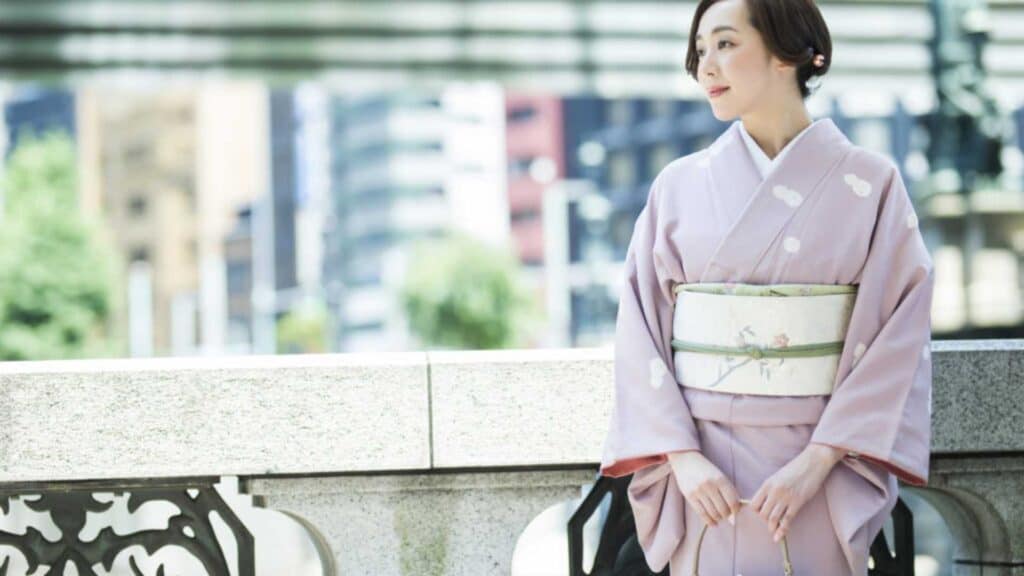
Iro Muji Kimono means “colour without patterns kimono”. As the name suggests, it is kimono with a single colour and no patterns. It is worn by both married and unmarried women.
Iro Muji Kimono means “colour without patterns kimono.” As the name suggests, it is a kimono with a single colour and no patterns. It is worn by both married and unmarried women. Iro Muji Kimono is a plain dyed kimono. It is worn at important times, especially during turning points in life, such as important birthdays and grand ceremonies. In modern times, it is convenient for mothers to attend graduation ceremonies wearing Iro Muji kimono. It is most commonly worn during tea ceremonies. The formality is seen due to the absence of patterns and crests.
Hakama (袴)

Hakama is traditionally worn by men but now worn by women on special occasions. The bottom of the kimono is a divided or undivided skirt, resembling wide pairs of pants. The hakama is popularly worn by Japanese women at university graduation ceremonies.
Komon (小紋)

Komon means “small pattern” and, as the name suggests, it is a kimono with little patterns. It is worn by married and unmarried women. They are informal kimonos with minimal patterns and shapes. They are usually worn at casual events, dinners, and similar occasions.
Yukata (浴衣)

Yukata means “bath kimono” and it is worn at Japanese summer festivals. It is usually covered in bright colours and simple designs. Yukata is made with cotton and sometimes linen. It is informally worn by everyone of all ages, especially during festivals such as Japanese summer events, fireworks events, or just to stroll around town. Yukata are lighter in material and less expensive than other kimonos.
Shiromuku (白無垢)
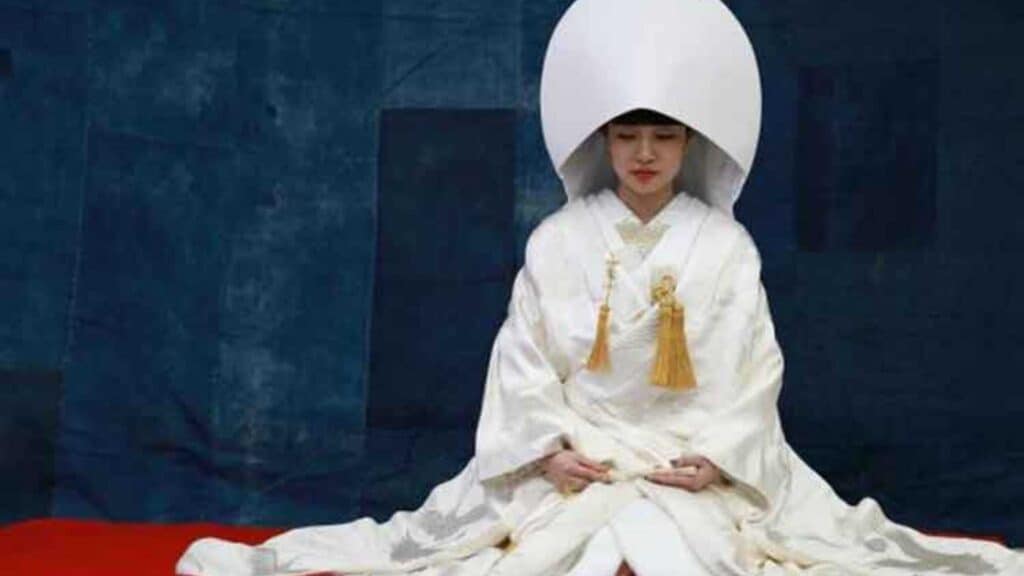
The pure white cloth woven in all-white is the most formal dress. It is very popular in the Kamizenshiki style, where you can wear a cotton hat and a hidden corner, and you can wear everything from whitening to hangings, belts, and even small items. Originally born in the samurai society, it was after the war that ordinary people came to wear it as a bride’s costume. Since then, it has been a wedding costume that Japanese women have longed for. “White solid” means that the fabric and embroidery are all white. A white background with gold and silver embroidery on it is called a “white background.”
To dress in plain white, wear a hanging under Nagajujuban, tighten the obi, and hang a nap on the obi. Although this dressing inherits the tradition from old times, the wearing style changes gradually, and I mentioned that pure white is solid white, but in recent years, colours are also used for accessories and embroidery threads.
Hikizuri (引きずり)

Hikizuri means “drag along kimono.” It refers to trailing skirts, where the skirt is dragged on the ground. Before the Meiji era, it was worn only by wealthy women of high rank. Nowadays, Hikizuri is mainly worn by geisha, maiko, or stage performers. In modern times, people also wear Hikizuri kimono outside, folding the extra fabric around the waist.
The Enduring Legacy of the Kimono
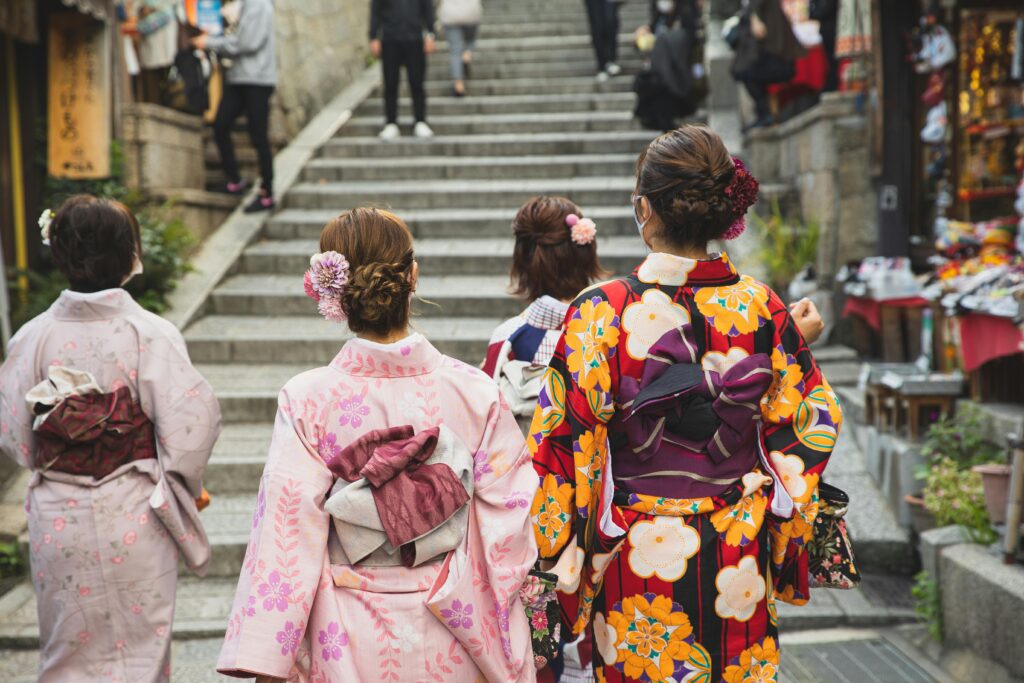
The kimono is not just a piece of clothing; it is a symbol of Japan’s rich cultural heritage and historical evolution. From its origins in the Heian period to its adaptation during the Meiji period and its role in modern society, the kimono has been a constant presence, reflecting changes in fashion, politics, and social norms. The various types of kimono, each with its specific purpose and significance, demonstrate the garment’s versatility and the deep respect Japanese culture holds for tradition and ceremonial occasions.
Today, the kimono remains a cherished symbol of Japan, worn with pride during important life events and cultural festivals. Its timeless elegance and the stories it carries continue to captivate people around the world. As we appreciate the beauty and history of the kimono, we are reminded of the importance of preserving cultural traditions while embracing modernity. The kimono’s journey through time is a testament to the resilience and enduring charm of this iconic garment.

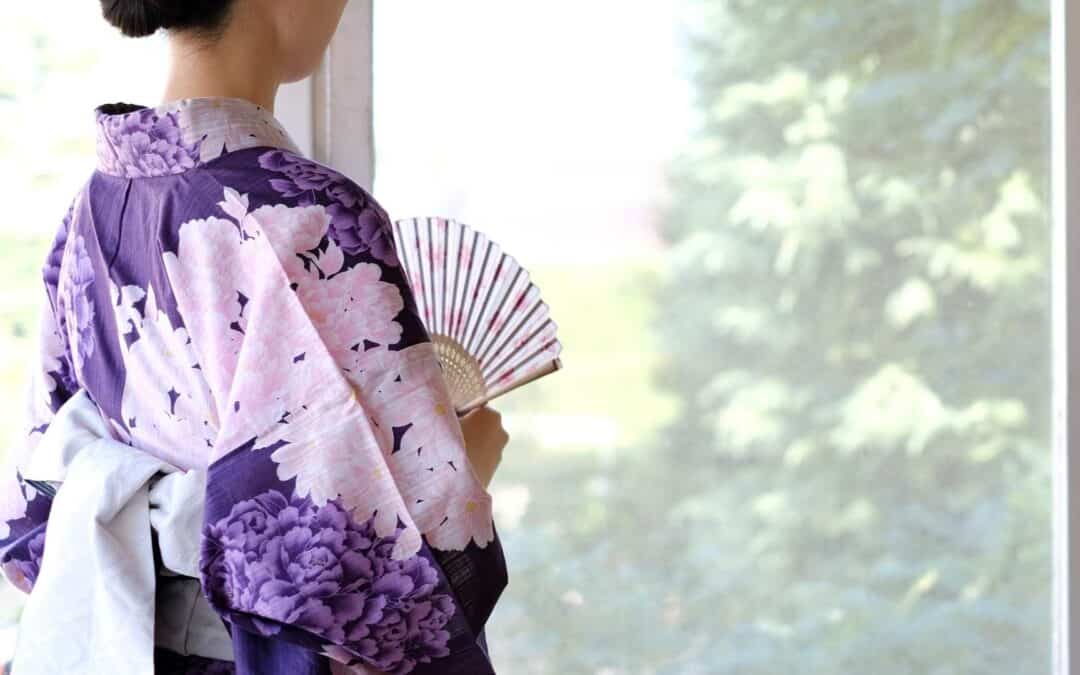
Trackbacks/Pingbacks